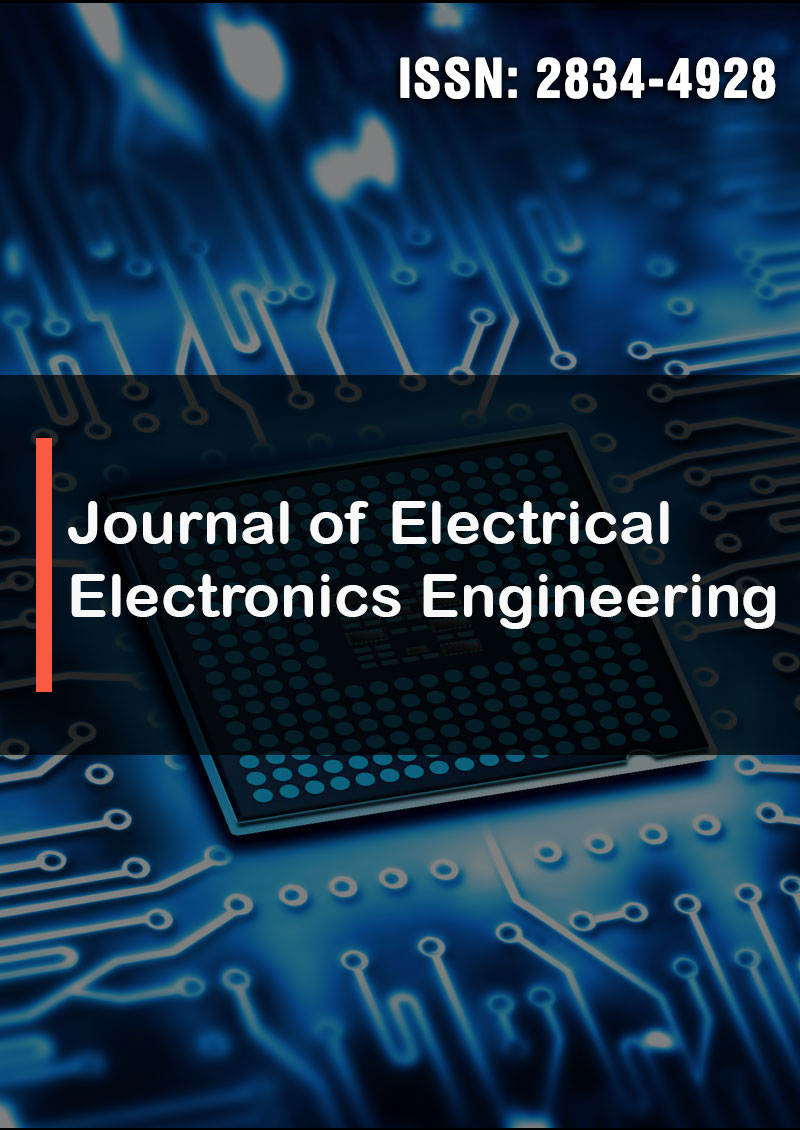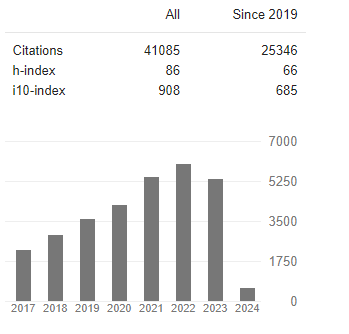An Investigation into the Origins of Pulse-Induced Energy Gains in Electrochemical Systems
Abstract
Julian Andrew Perry
In a earlier study, inductive pulse charging (IPC), using solenoid generated high voltage transients, also known as flyback or kickback pulses, have been shown to induce energy gains in Lead acid and LiFePO4 batteries, when using specific operational parameters, but with no clear indication as to the source of the additional energy. While there are presently no widely accepted theories or models regarding the energetic pathways and processes involved, it is proposed that there are only two viable possibilities for the source of the observed energy gains, as distinct from the actual mechanisms involved. The energy influx either derives from an internal response of the electrochemistry to high voltage electrostatic pulses, whereby enthalpic energy is released from the electrochemistry and serves as a form of ‘fuel’, or the energy influx derives from the local environment by as yet unrecognised processes and pathways. Here the battery is considered to function as part of a thermodynamically open system in the presence of ‘far from equilibrium’ events, such as those triggered by high voltage pulses.
This follow-up study, undertaken again within the Open Science Framework (OSF), sets out to test the proposed hypothesis, that internal enthalpy is the source of any pulse-induced energy influx, by looking at evidence from three main areas. Firstly, the effect of pulses on capacitors, they being devoid of any functional electrochemistry, secondly, through thermodynamic analysis and bench testing of battery capacities in conjunction with a ‘chemical deficit model’, and thirdly, by looking at records of battery pulse and cyclic histories to identify any long-term effects on capacity. The results, in particular the correlation between predicted and measured battery capacities with both cell chemistries, together with their pulse histories, have clearly shown that the null hypothesis of an enthalpy source must be rejected in favour of the alternative, an external source and where the battery and the local environment comprise a thermodynamically open system.
Consideration is also given to the possible implications of these findings for classical and quantum electrodynamic theory and how the integration of ‘non-linear’ and ‘far from equilibrium’ states might be seen as further evidence of the need for an extended and more complete model that includes interaction with the environment and otherwise anomalous phenomena.




